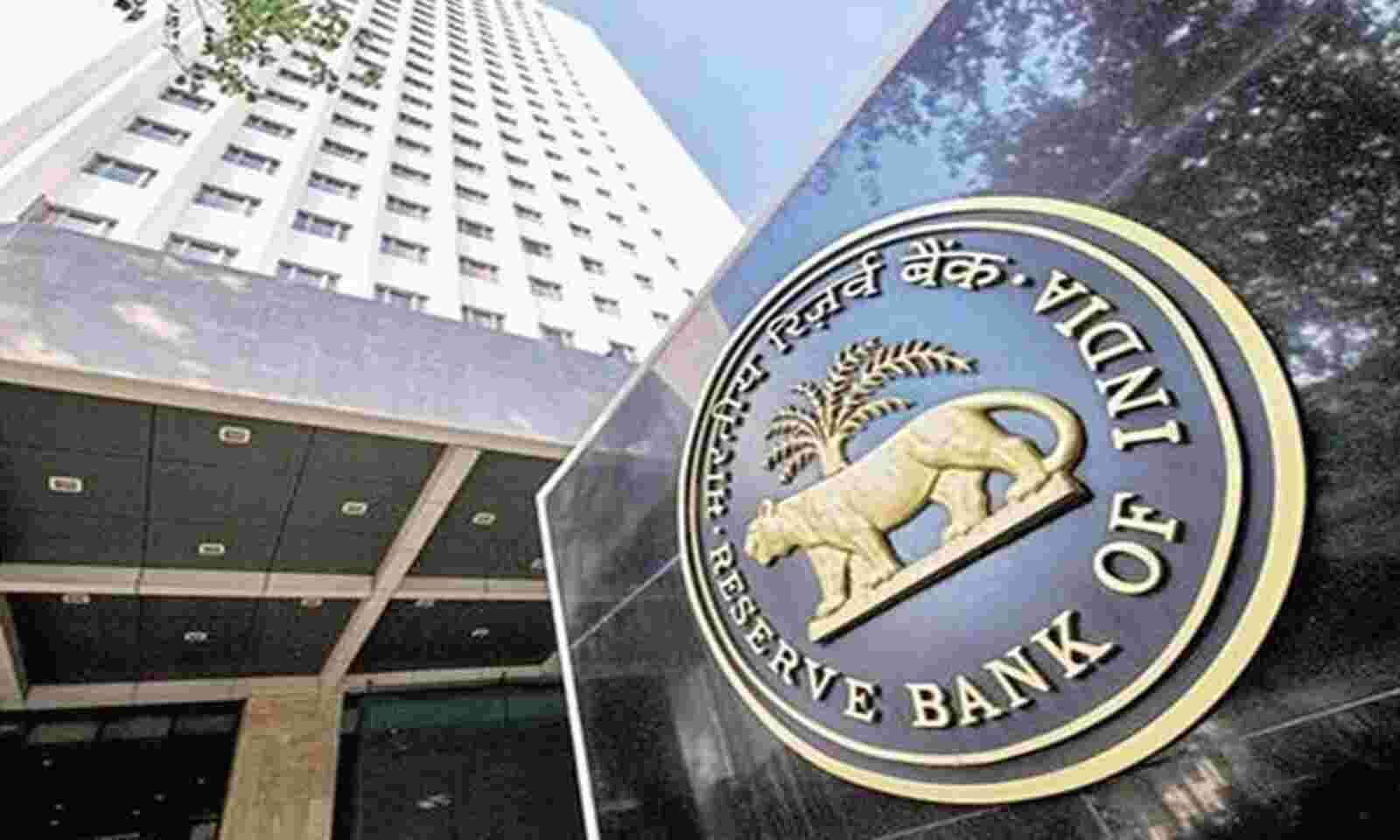Mixed signals

Policy decisions of the Monetary Policy Review Committee (MPC) of the Reserve Bank of India (RBI) appear to send a mixed signal. While in effect, the committee has kept the policy rates unchanged for the 11th consecutive review meeting, the panel also voted unanimously to withdraw "accommodation to ensure that inflation remains within the target going forward, while supporting growth." It effectively means that MPC's focus on growth has been maintained for the time being but can be substituted with the focus on curbing inflation in the near future. As things stand presently, the repo rate has been kept unchanged at four per cent, the reverse repo rate at 3.35 per cent and the Marginal Standing Facility (MSF) and bank rate at 4.25 per cent — presenting an altogether easy outlook for industries. The effect of the global economic turmoil on the nation was not reflected in the policy rates but has led to the revision of inflation and growth forecasts. The real GDP growth for FY 2022-23 has been revised from 7.8 per cent to 7.2 per cent — with quarterly figures being 16.2 per cent (Q1), 6.2 per cent (Q2), 4.1 per cent (Q3) and four per cent (Q4). Inflation, at the same time, has been projected at 5.7 per cent — with quarterly figures being 6.3 per cent (Q1), 5.8 per cent (Q2), 5.4 per cent (Q3) and 5.1 per cent (Q4). Notably, these figures are contemplated assuming the price of crude oil at USD 100 per barrel. These projections are, of course, subject to fluctuations in the international oil prices which, in line with the trajectory of the war, may go up and down the set benchmark. But the point worth noting is that the RBI has now put "inflation over growth" — a reversal in the stance that has continued since February 2019. It appears that the record exports growth that India achieved recently and an impressive foreign reserve of USD 608 billion has given the RBI a headroom to continue with its accommodative stance for the time being. However, the time may have come when the Central bank seriously revisits its stance. On the liquidity front, the RBI has decided to restore the liquidity adjustment facility (LAF) corridor to 50 basis points to the pre-Covid levels. However, it has kept the Marginal Standing Facility rate unchanged at 4.25 per cent. It can be recalled that MSF is the rate at which the RBI provides money to the scheduled commercial banks that are facing an acute shortage of liquidity. Unlike the repo rate, MSF allows banks to access funds overnight. At the same time, in view of dealing with excess liquidity in the market, the RBI has put a halt to the long wait by introducing the Standing Deposit Facility (SDF) as yet another tool to pump out surplus liquidity from the market. It may be recalled that the RBI primarily deploys Fixed Rate Reverse Repo (FRRR) and Variable Rate Reverse Repo (VRRR) to deal with excess liquidity. The introduction of SDF, however, which allows sucking out liquidity at lower rates — 25 basis points below the repo rate at 3.75 per cent — without offering collateral to banks may prove to be a gamechanger. The SDF will work in parallel to the existing FRRR and VRRR systems. It can also be mentioned here that the RBI had very recently introduced a rupee-dollar swapping technique that allowed for an alternative mechanism to deal with excess liquidity. The RBI's attempts at diversifying its tools in this direction is indeed laudable. Given the turbulent times the world is going through on account of the Ukraine war and the pandemic, India should be ready to offset any untoward spike in inflation, by managing excess liquidity. To sum up, it is good to see that RBI's monetary policy review has taken a rational view of the global economic situation and appears to adopt a balanced approach towards achieving growth while maintaining a tab on inflation. The introduction of SDF is indeed a good and timely step forward under the present circumstances. However, unfortunately, the overall picture remains somewhat vague with uncertainties looming large on account of the war in Ukraine.



